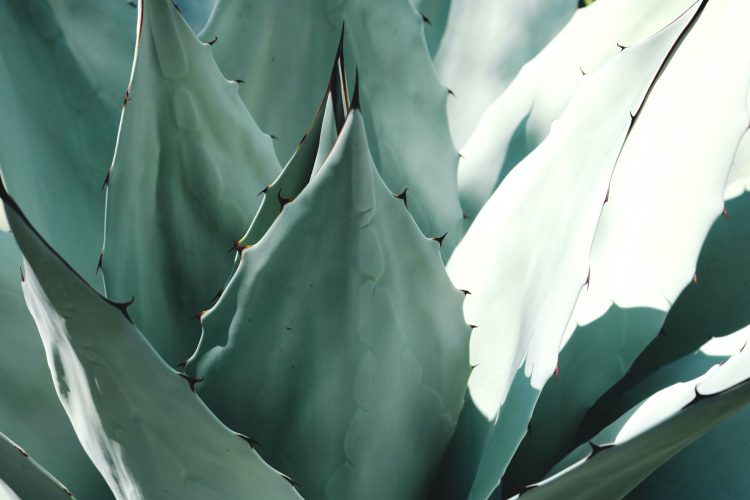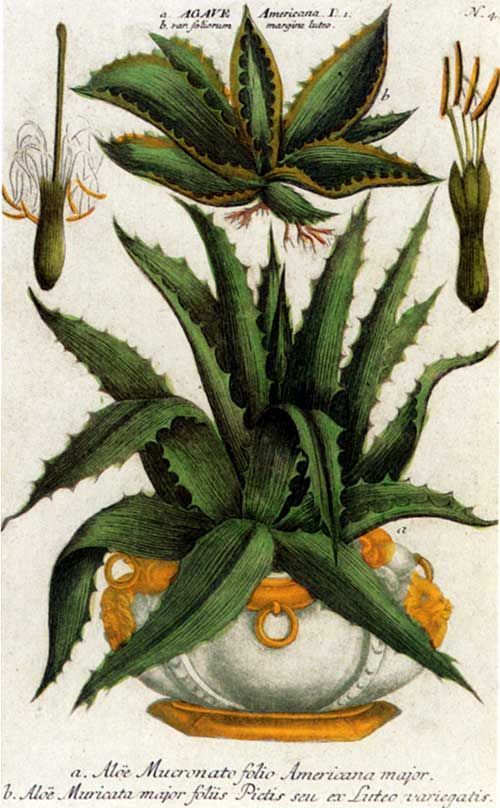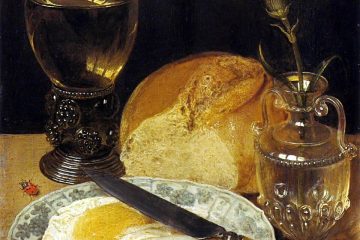A Flower Before Dying
Q.
Where does the phrase ‘last hurrah’ come from?
.
A.
This well-used idiom is rooted in a 1956 Edwin O’Connor novel entitled, yup, The Last Hurrah. In it, 72-year old career politician Frank Skeffington decides he’s going to take one more run – one final attempt, a last ditch effort – at the mayor’s job.
.
📒 ‘On his seventy-second birthday Frank Skeffington had lunch with his nephew, and over the meal told him of his plan to run again. He then swore him to secrecy, and following this – and almost as an afterthought – revealed the reason which, more than any other, had determined his decision to stay in public life.
“I want to,” he said.’ 📒
.
In 1958, Spencer Tracy took on the role of Skeffington in a film of the same name.
.
.
A last hurrah – a final, high intensity reach for success after a long slog in the field. If there is one living thing that epitomizes a last hurrah, it’s the agave plant.
The ancient agave plant can live a hearty life, pushing up through desert soil, standing strong through spotty watering and heat extremes. Bring an agave into the coddled world of the garden and it is less likely to reach its potential height.
When death for the agave is near, don’t expect a tired wilt or a defeated brown. When this ‘century plant’ is about to die, it devotes its remaining energies to creating one last burst of flowers, and dropping its seedlings. For many agaves, this will be the first and only time of flowering. One final, pure gift of beauty for the world. One final, emphatic display of strength. A beautiful, tragic, last hurrah.
.
..
www.creatorsvancouver.com
Header: Madison Inouye
Image 2: Royal Horticultural Society









